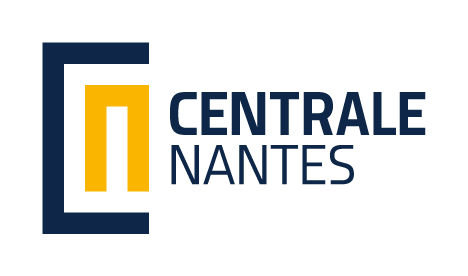-
Retrouvez toutes les infos sur la rentrée.
https://welcome.ec-nantes.fr/ Lien vers https://welcome.ec-nantes.fr/ -
Le site des clubs et assos des étudiants de Centrale Nantes
https://alpha-centralenantes.ec-nantes.fr/ Lien vers https://alpha-centralenantes.ec-nantes.fr/ -
Institut de Recherche en Génie Civil et Mécanique
https://gem.ec-nantes.fr/ Lien vers https://gem.ec-nantes.fr/ -
Laboratoire de mathématiques Jean Leray
http://www.math.sciences.univ-nantes.fr/fr Lien vers http://www.math.sciences.univ-nantes.fr/fr -
IRSTV, Institut de recherche en sciences et techniques de la Ville
https://irstv.ec-nantes.fr Lien vers https://irstv.ec-nantes.fr -
Porte d’entrée du réseau des acteurs en Recherche, Formation et Innovation des Pays de la Loire
https://www.weamec.fr/ Lien vers https://www.weamec.fr/ -
Site d'essais en mer de Centrale Nantes
https://sem-rev.ec-nantes.fr/ Lien vers https://sem-rev.ec-nantes.fr/ -
A Club of CEntrale Nantes for Travelling Students
https://accents.ec-nantes.fr/ Lien vers https://accents.ec-nantes.fr/






